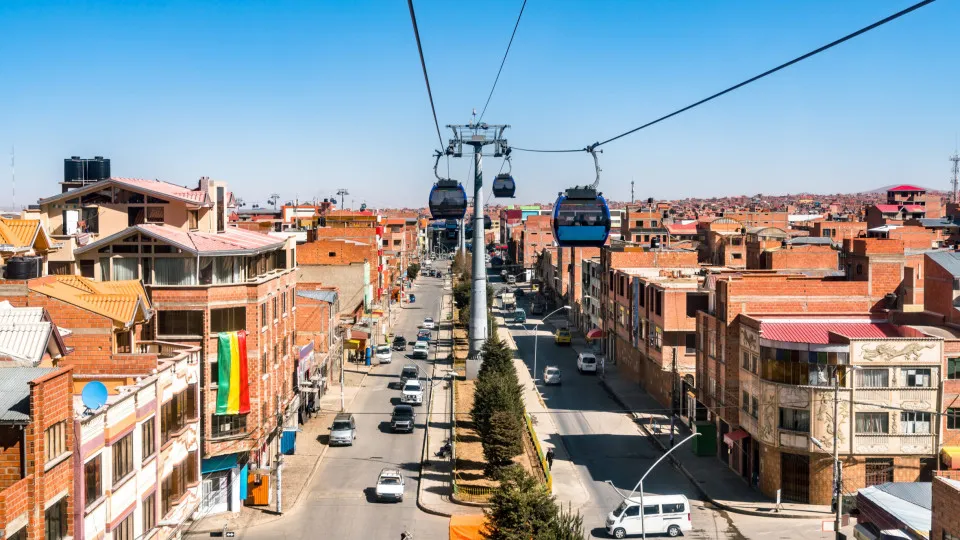El Alto is a city that lives up to its name, its meaning in Spanish translating as "The Heights." Located in Bolivia, El Alto is in fact located adjacent to La Paz, but set a good deal higher than its sprawling neighbor. Many travelers neglect to explore El Alto, but to do so is to miss out on a destination renowned for its exuberant architecture, unique culture, and the mystical practices of some its residents—the shamans. So, ready to take the high road?
Click through and explore the highest city in the world.



